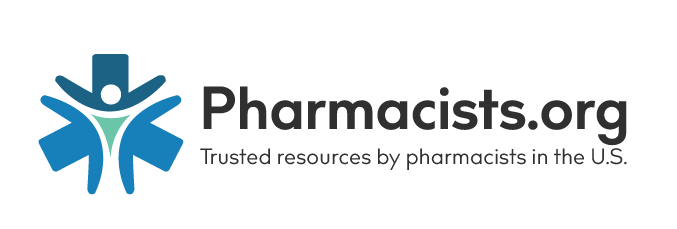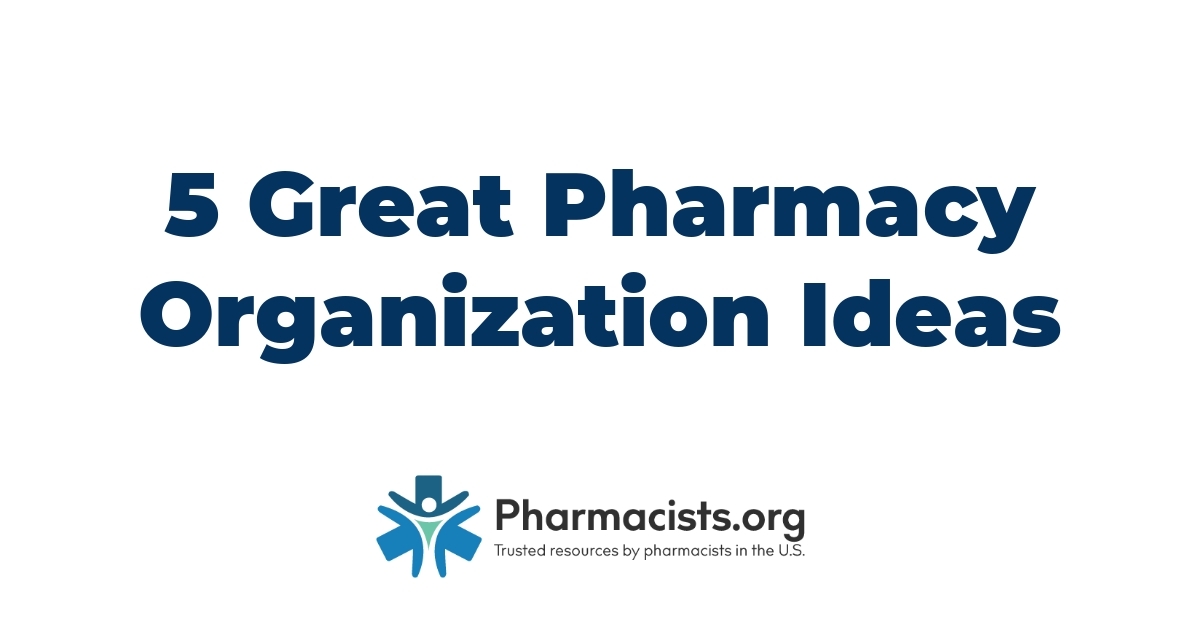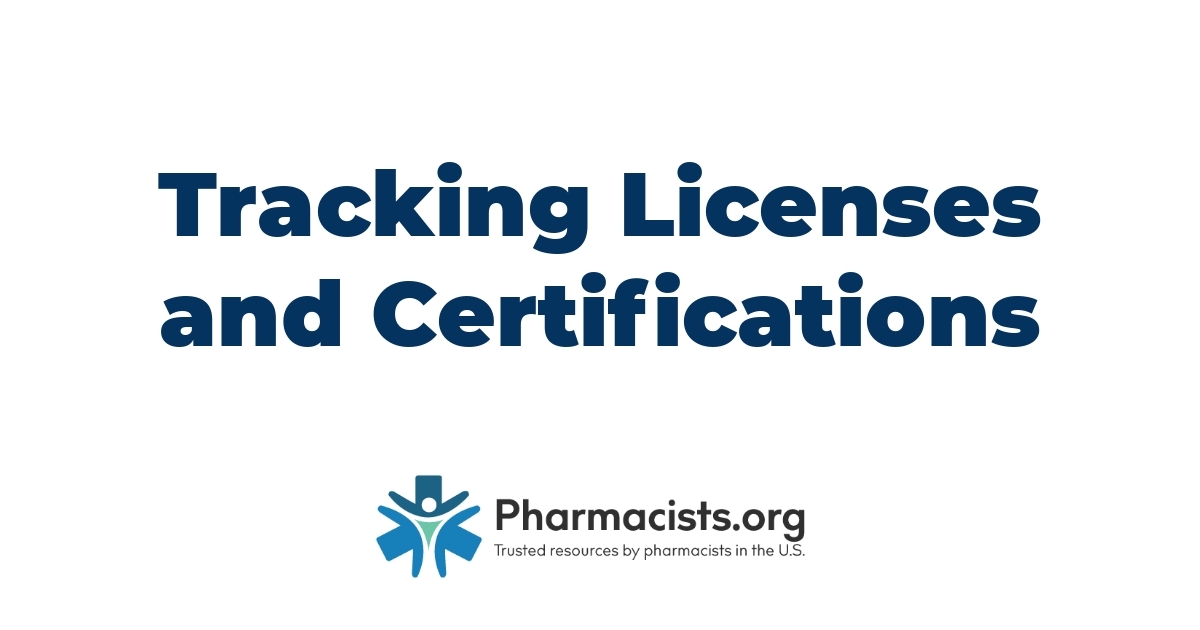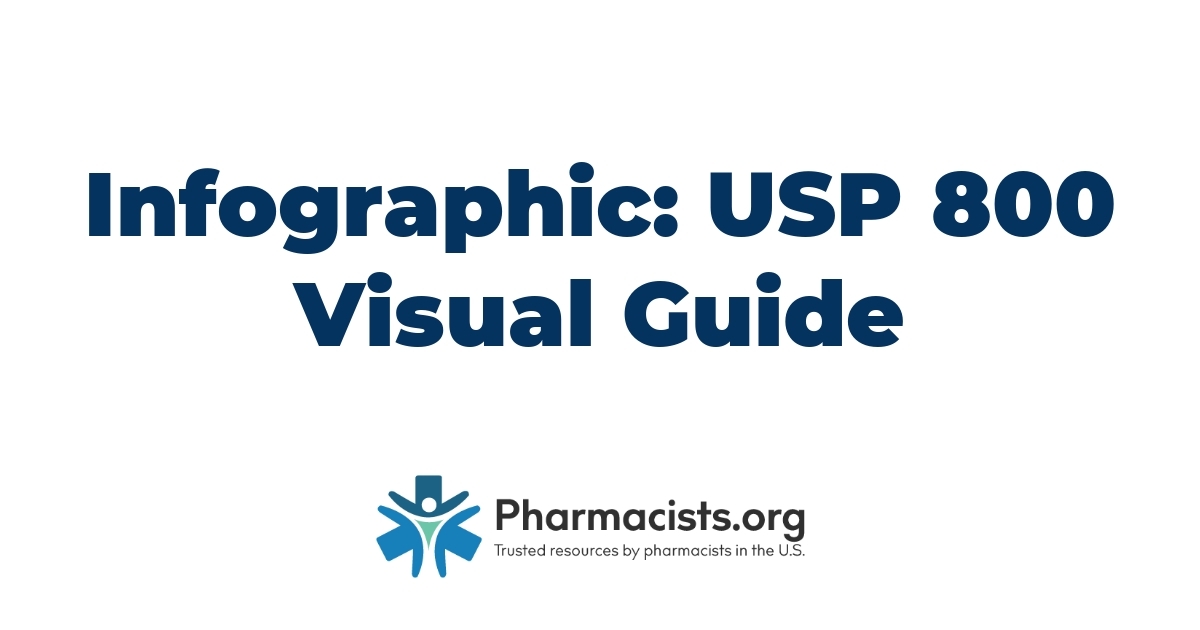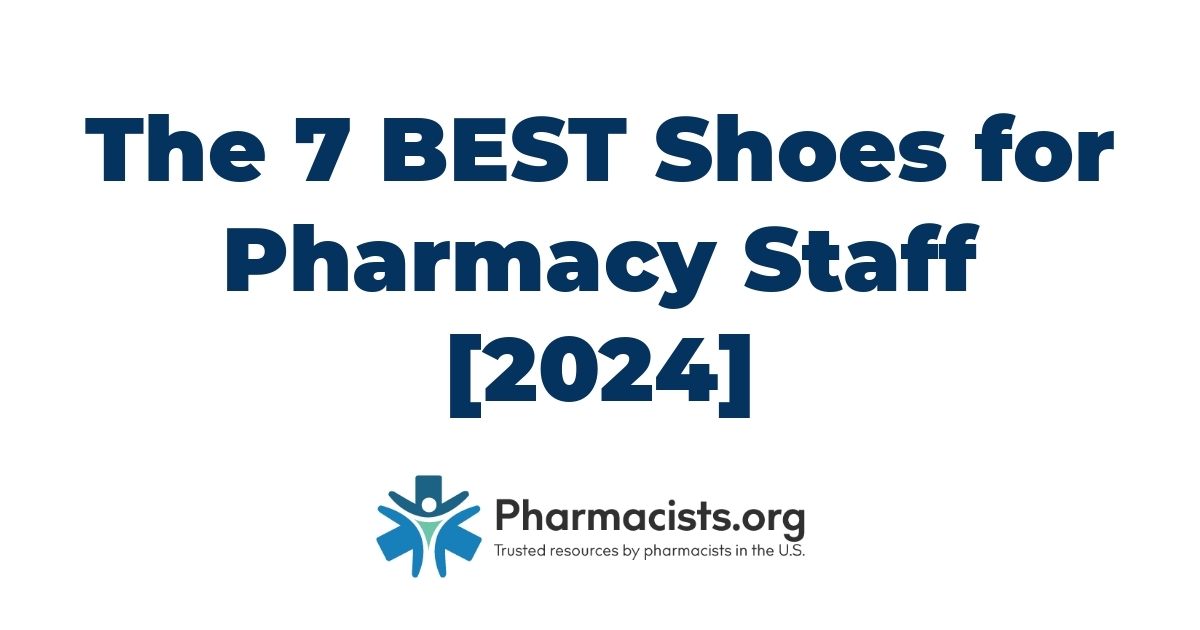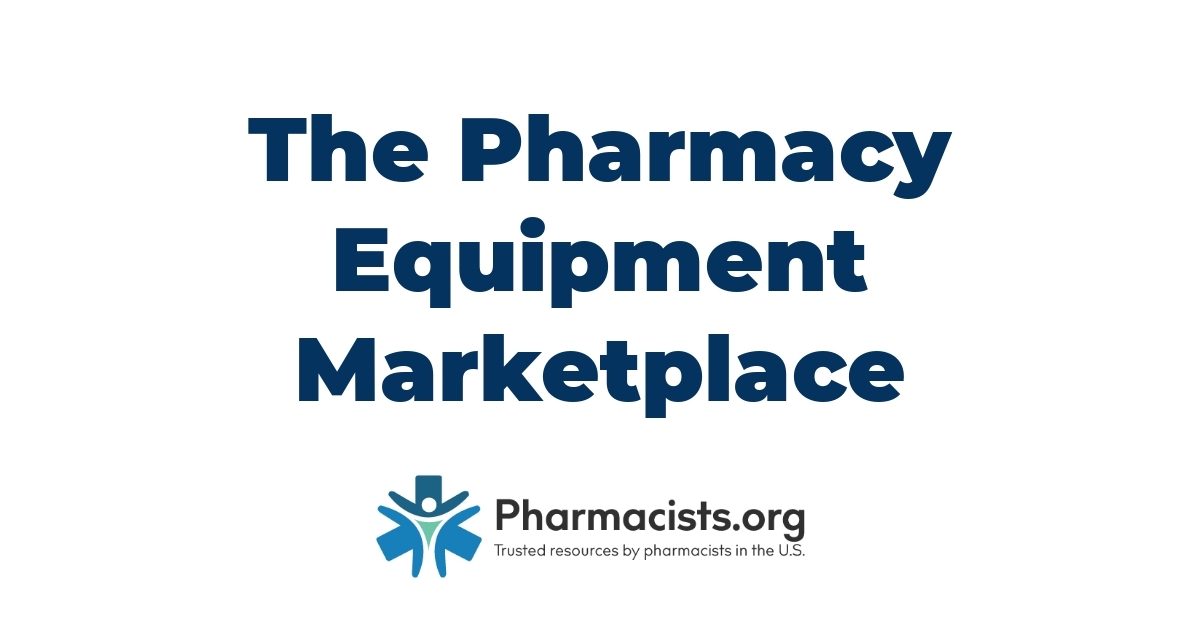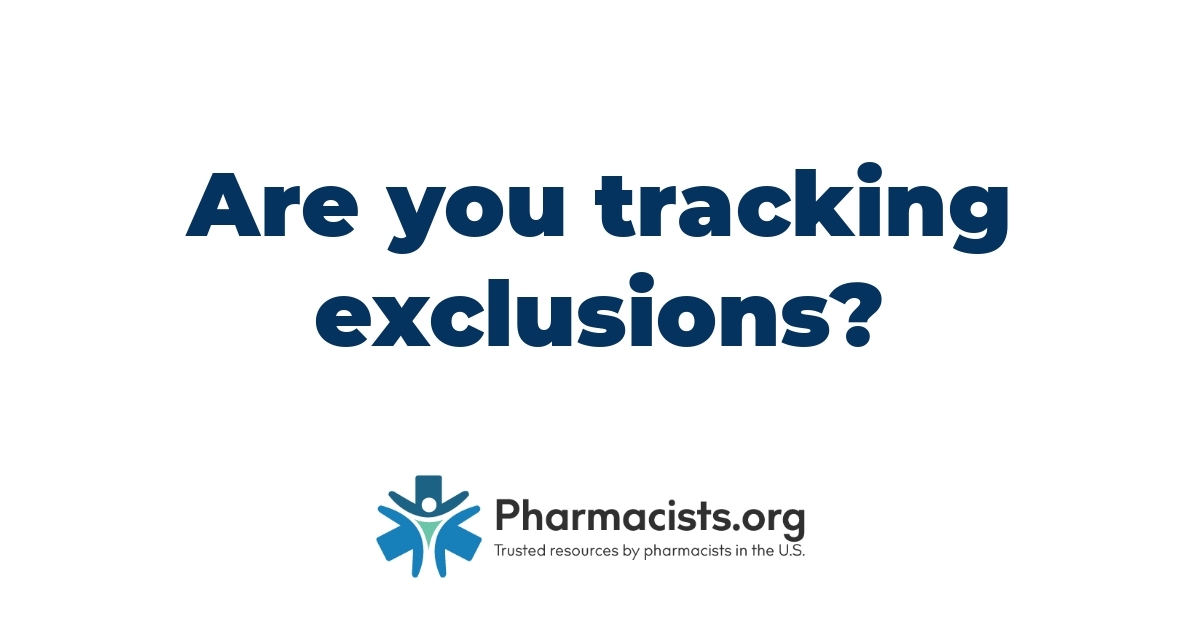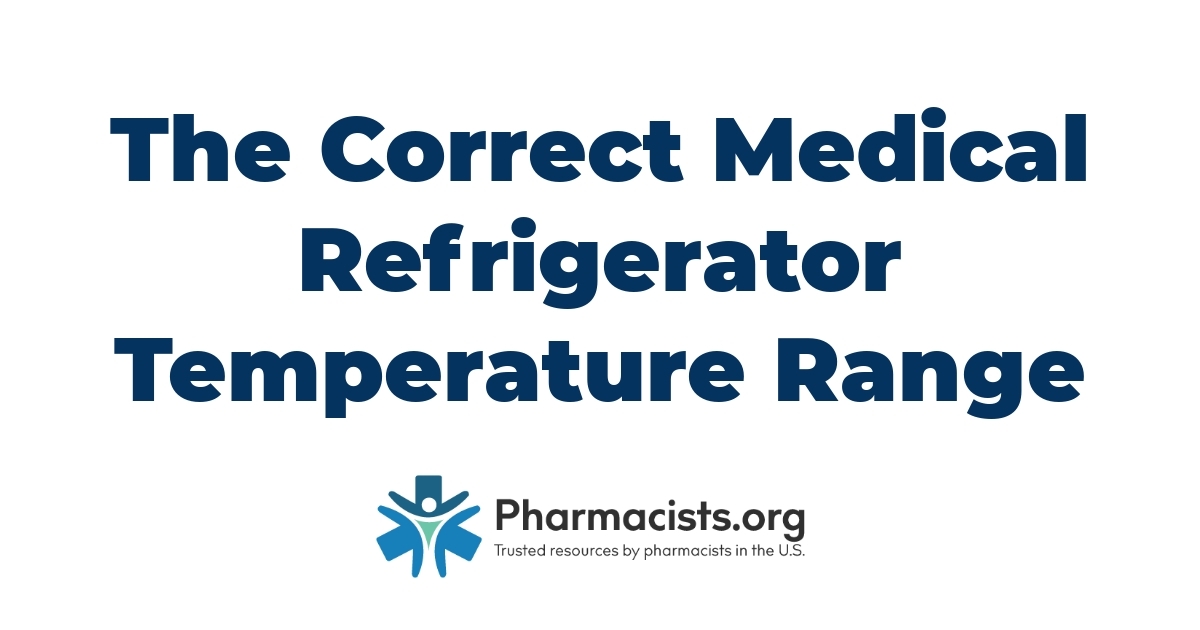My guess is that you probably haven’t given much thought to your labels since your pharmacy opened. After all, it has everything on there it needs and does the job, right? Why mess with it?
That’s too bad, because as I’ve worked on our labels I’ve realized just how much potential there is to make dispensing safer and improve efficiency in the pharmacy. This is not about speed in counting, but reducing time wasted.
If you want to make changes, your software vendor likely has a label team that can work with you on it. I would recommend either contacting your rep or just calling the help desk and asking for the ‘label team.’ They should be able to figure out what that means.
In this post, we’ll take a look at label design and see where a lot of simple tweaks can add up to a free, easy improvement in your workflow.
Table of Contents
My experience with label changes
Here is the final product we came up with at the pharmacy (obviously all test names/addresses/DOB/etc made up by QS1). We made a few changes after, which I’ll describe as we go through it.
This label is a laser label from Integral. For the most part I really like it; if I had to change one thing, though (in case anyone at Integral is reading this), the auxiliary labels should be completely attached to the prescription label so we don’t have to either peel them off one-by-one or use tape to flag them on the vial.
Overall, though, this is a good visual for us to get started:

Label type
The choices are generally either:
- The label and leaflet coming out separately (using a thermal printer for the labels)
- Combined labels with both coming out at the same time.
Best Practice:
Combined labels, and have the entire thing come out after barcode-scanning the NDC.
The problem with the first option is that you will waste a lot of time matching labels up to leaflets as the pile up on the printer. When it gets busy, it’s enough wasted time that either leaflets won’t get put with the prescription or it will increase wait times. Typically it’s a combination of both happening and it also prevent the wrong leaflet from ending up in a patient’s bag (more on that later).
When we went to a combined label I was shocked (and I think most of our staff were) how much easier it was, and therefore how much of a headache separate the label/leaflet setup was.
The label for the vial
We currently have the tablet description on the white sticker below the auxiliary labels, but it’s hard to fit on the vial. These labels were the best ones the company had, but the best thing would be to have a) the tablet description and b) the auxiliary labels already attached to the label for the vial. There is no chance, then, that either would go missing on a vial.
The other big thing here is the discard date. Most pharmacies pre-print the beyond-use date, but this is really not a safe practice. When it’s busy, it is too easy to take that date for granted, miss a beyond-use date that is shorter on the vial, and let it leave with a year on the label. While a lot of times that might not cause harm, what if it’s an amoxicillin suspension? Is it really implausible, with the phones ringing, the drive-through, and vaccinations waiting, that you would forget to change the BUD?
We also had the MedAvail kiosk, so our labels had to have a date pre-printed on it. That put me in a tough position, but while playing around with solutions I settled on something perfect for those of you with automated dispensing kiosks: “Discard Date: 01/01/21_____________” Put the pre-printed date first, then leave space to cross it out and write it in.
Best Practice
- If possible, get labels that are combined with the auxiliary labels and tablet description
- Leave room to write in a discard date, and make it practice for every date to be written, not pre-filled by the computer.
The prescription trailer (or “back-tag”)
This particular picture doesn’t show it (because we updated it after to our final version), but an important thing here is to have the verifying pharmacist’s initials on the tag. Florida, as I’m sure many states, requires that the hardcopy prescription show the individual pharmacist responsible for the prescription; I don’t personally want to write it in on every one, and I doubt you do either. Let your computer do the work for you!
We have a few other things on there that aren’t really necessary (manufacturer, for example), but I hated to ask their label team to make more changes just to remove those. They don’t really bother anything. Other than that everything else is pretty standard! Name, Rx#, Rx info, etc.
Best Practice
- In addition to the standard info, be sure the trailer can identify the pharmacist responsible for verifying the prescription.
The label for the perpetual inventory log
I’m still shocked and just how many pharmacies are still using C2 logs that require them to write everything in. Not only is it easy to fix that with the majority of labels on the market, it helps to reduce errors and saves time. In this picture, the sticker for the log is the middle one on the bottom, below the auxiliary labels.
With perpetual inventory, having both the quantity dispensed and the quantity remaining will not only save you time hand-writing everything in, but it can help you quickly catch calculation and other errors that would get your logbook off from the computerized inventory.
Best Practice
- Use stickers for your log that include at least the Rx#, quantity dispensed, and quantity remaining.
The cash register receipt
A few things with the cash register receipt. Perhaps most importantly, you need two patient identifiers. Both should be confirmed with the patient prior to selling the medication. For those of you with QS1’s POS system, just so you know you can adjust settings to require the DOB to be typed into the register before the medication can be sold.
Again, this wasn’t our final final label so DOB was quickly added after this draft.
The medication name and strength will allow staff to also confirm the medications being sold, which is by far the safest practice.
Another great practice not shown on this label is to add ‘Refrigerated’ to all refrigerated meds. It will help prevent meds from being left out (especially CombiPatch, NuvaRing, and others that often get forgotten). That is easy to set up and is usually done in the Drug Record.
One thing we actually don’t have on this particular picture is the patient’s phone number. I realized that a few times after telling the patient at the register I would call them back and then not being able to confirm their number. It’s amazing how easy it is to overlook something on a label you see everyday.
Special Instructions
On the bottom left we have a section we carved out for all those special scenarios – RTS, partial fill, etc. Many pharmacies have a separate card or piece of paper, but with the right design you can incorporate it into your label and eliminate a form. Now that’s an easy win!
Best Practice
- Forget the extra card – incorporate your special instructions into your label.
The leaflet
For the leaflet, a common mistake is to put the patient’s name and other personal information at the top. Not only is that completely unnecessary (a Lasix leaflet is a Lasix leaflet, and there’s nothing specific about it), but in the case a leaflet ends up in the wrong bag, you would have just disclosed PHI. When that happens you have to document it, report it, and also contact the other patient.
I’ve made that phone call a few times in my career; trust me, it’s not fun.
Notice how in this picture there is no PHI on the leaflet. Guess what happens now if a patient gets the wrong one? We would apologize, print the right information, and go on our merry way. I’m not saying it’s good that it happened, and it’s still best to look into the causes behind it, but you’ve significantly mitigated the potential harm done from the error by removing PHI.
Thankfully, like I mentioned earlier, because the leaflet and the label are attached and only separated as the medicine is being filled, the possibility of the wrong leaflet ending up in a patient’s bag is now fairly remote.
Best Practice
- Combine label and leaflet to keep the wrong leaflets out of a patient’s bag
- Remove all PHI from the leaflet to mitigate harm done in the case of an error
The other labels
There are two here I didn’t talk about – the bottom left and bottom right labels. Even after all of these changes and tweaking for maximum benefit, we still have two labels left over! Neither of those are used right now. I think that’s a good thing, because if we add service lines it leaves us extra room.
Maybe if we hired our own courier they could use one as a manifest? If a patient is a good candidate for MTM, or another contracted service, we could use that to identify them? Who knows, but the point is we have options with those extra labels. For now, I just left whatever happened to be on them.
The bottom line
It’s not often pharmacies get a free, easy way to make their life easier. Taking a hard look at your labels, and how you can best use them, is one of those ways. So set aside some time, get feedback from your staff, and make it happen!
I am a pharmacist, community pharmacy consultant, and medical writer with over 12 years of clinical practice experience in community, outpatient health system, long term care, and academic settings. I am also the founder of PharmCompliance.com, a website dedicated to the success of community pharmacy.
As a pharmacy project manager, I led the implementation of new service lines, assist with ensuring legal and third-party compliance for over 70 retail stores, lead quality improvement and medication safety initiatives, write policies, procedures, and best practices for all our retail sites, and help with optimizing revenue cycle and pharmacy profitability. I have been responsible for DMEPOS and vaccine accreditation through CMS, obtaining new licenses and permits, and implementing a prescription drug kiosk embedded in our physician offices.
As a medical writer, my work has been featured in GoodRx, Pharmacy Times, Drug Topics, Patient Care Online, and in peer-reviewed journals. I have also given presentations on a range of topics, from disease state pharmacotherapy for medical residents to updates on the CDC vaccine storage and handling guidelines for a medical-grade refrigerator and freezer manufacturer. I have written and presented continuing education for CEImpact, FreeCE, AchieveCE, Ascension Health, and the Florida Department of Health.
